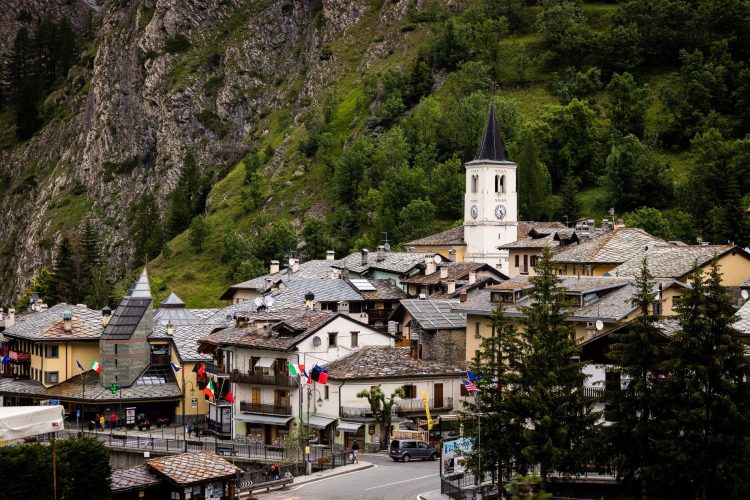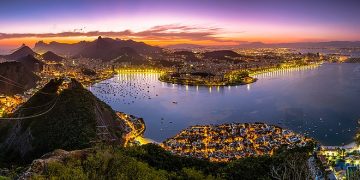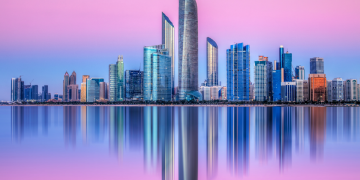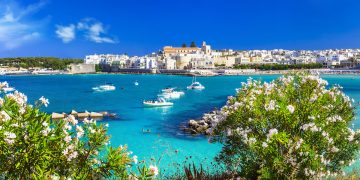Introduction
For decades, Italy’s summer has been synonymous with sun-drenched Amalfi views, terraced lemon groves, and pastel-colored cliffside towns. But in the summer of 2024, a curious shift took place. Rather than flocking to the turquoise coves of Positano or Amalfi, travelers increasingly sought out the high-altitude charm of Italy’s lesser-known Alpine regions—Dolomiti hamlets like San Candido, and Val d’Aosta gems such as Cogne and Gressoney. These serene mountain towns, long beloved by hikers and alpine locals, suddenly surged in popularity. Instagram Reels became saturated with sweeping drone footage of jagged peaks and wildflower-strewn trails. Travel bloggers swapped Aperol by the sea for alpine cheeses, cold streams, and summits kissed by clouds. What caused this quiet revolution in travel preferences? The answers lie in climate, economics, digital aesthetics, and a deeper post-pandemic yearning for nature, solitude, and purpose.
The Digital Rise of the Dolomites and Val d’Aosta
In the summer of 2024, Instagram and TikTok saw a sharp rise in content tagged #DolomitiEscape, #AostaAlps, and #HiddenItaly. Influencers began showcasing mountain chalets draped in geraniums, crystal-clear alpine lakes like Lago di Braies at sunrise, and slow-motion shots of cable cars gliding above valleys. One viral Reel of a couple hiking across the Seceda ridgeline with clouds rolling below racked up over 8 million views. These videos struck a chord—not just for their visual drama but for their emotional tone: freedom, cool air, untouched beauty.
Roamcox user data from June through August 2024 reveals that searches for “Italy summer mountain towns” surpassed “Amalfi Coast travel tips” for the first time since the platform’s launch. The story here isn’t about abandoning the sea; it’s about reimagining what luxury and escape mean to a younger, more adventurous, and climate-conscious traveler.
Climate Realities Rewriting Summer Plans
July and August in 2024 were among the hottest in recent European history. Amalfi saw multiple heat advisories, and daytime temperatures frequently topped 38°C (100°F). In contrast, Alpine towns remained crisp and breathable, with average highs in the Dolomites hovering around 22°C (71°F). For many, especially North American and Northern European travelers, that difference was decisive.
Heat isn’t just about comfort; it changes the very rhythm of travel. Coastal destinations faced overcrowded beaches, overwhelmed transport infrastructure, and long waits in heat-stricken towns. By contrast, Dolomiti and Aosta destinations offered cool mornings, shaded forest trails, glacial lakes to dip in, and accommodations that blended rustic design with mountain air. Suddenly, the Alps weren’t just a winter destination—they became the new summer sanctuary.
Travelers reported that days in towns like Ortisei or Courmayeur felt like a return to natural equilibrium. You could hike before breakfast, have a picnic in a meadow, and fall asleep to the hush of pine trees. This seasonal inversion—mountains in summer, coastlines in shoulder season—began to appeal to the Roamcox audience of adventure-seekers who prioritize experience over postcard perfection.
Value, Space, and the New Definition of Luxury
While the Amalfi Coast remains an undisputed icon, it comes with a premium. Hotel prices in Positano and Ravello routinely exceeded €600 per night in peak season, with restaurants and taxis tacking on surcharges for “tourist zones.” Meanwhile, travelers in Alpine towns reported paying half that for family-run guesthouses with panoramic views and home-cooked meals. What these towns lacked in brand-name glamour, they made up for with authenticity and intimacy.
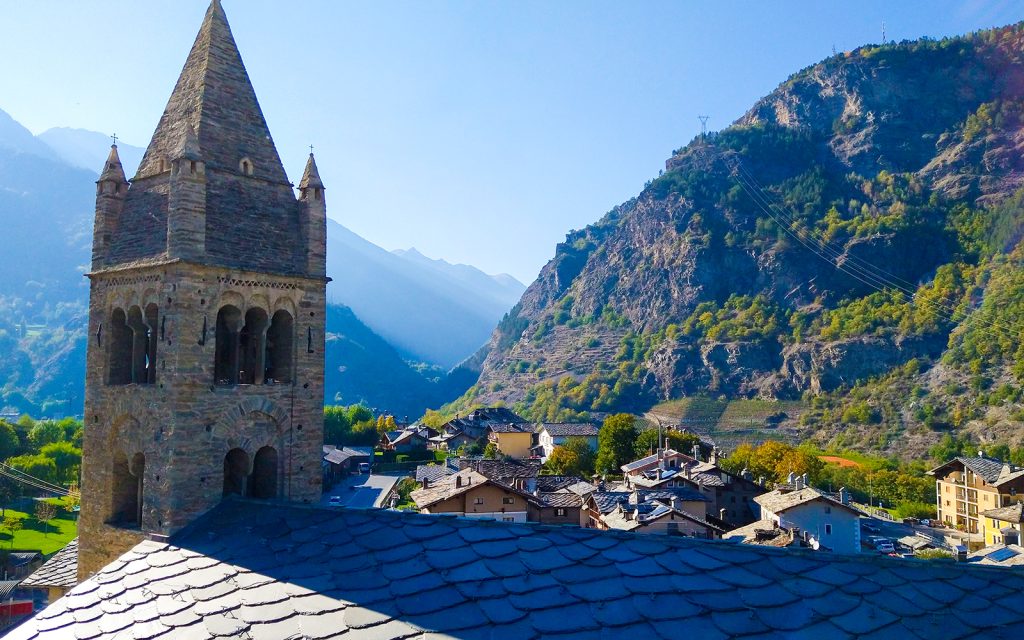
The economic equation extended to activities as well. A guided glacier walk or hut-to-hut hiking adventure in the Dolomites cost less than a private boat tour on the Amalfi Coast, yet delivered more hours of immersive experience. Local transit—cable cars, hiking buses, and e-bike rentals—was well-integrated and cheap. Visitors described a sense of generosity and grounding: wildflowers foraged in the morning, polenta and fontina cheese dinners by candlelight, and mountain silence in place of nightlife noise.
Luxury, in 2024, wasn’t defined by exclusivity or price. It was redefined as space, breathability, and connection to place. The Aosta Valley’s centuries-old rifugi (mountain lodges) offered steaming minestrone under the stars. The Dolomiti’s Alta Via routes gifted solitude among spires and cirques. For a generation burnt out by cities and screens, this was the real reset.
Activity Over Aesthetics: Hiking Over Hammocks
Another defining difference: what travelers do in each location. While the Amalfi Coast is built around passive beauty—lounging, sunbathing, dining—the Alpine regions are built around movement. Hiking, climbing, canyoning, and even summer skiing attract those who want engagement, not just ambiance. Roamcox survey data from summer 2024 showed that 67% of its most engaged users preferred destinations with “at least one active day experience” per 3-day trip.
In towns like Bormio, hikers can ascend to thermal waterfalls after breakfast. In Alagna Valsesia, trails lead to hanging glaciers visible from wooden bridges. It’s not about adrenaline; it’s about effort and reward. The act of walking through terrain, of earning your view, has spiritual appeal—especially in post-COVID travel culture where movement feels like affirmation.
Moreover, these areas are designed for such engagement. Trail maps are well-marked, alpine guides are plentiful, and even first-time hikers can participate. Unlike beach destinations that require booking and crowds, alpine activities scale across skill levels and personal budgets. They offer both freedom and safety.
Cultural Discovery Without the Queue
While coastal towns like Amalfi or Capri have become saturated with selfie spots and cruise day-trippers, Alpine towns remain, for now, relatively under the radar. This means cultural interactions feel more genuine. Summer festivals in towns like Aosta or Brunico still revolve around local farmers, woodworkers, and cheesemakers. You can learn to cook canederli dumplings from a grandmother in a stone cottage or listen to a youth choir rehearse in a mountain chapel without needing VIP access.
Many Alpine towns also sit at cultural crossroads: German meets Italian in South Tyrol, while Aosta preserves its Roman and Savoyard heritage. Travelers walk past castles, Roman ruins, and World War I tunnels, often with few other tourists in sight. The sense of discovery is real. And for Roamcox readers seeking meaning in their travel—not just rest—this combination of history and human connection is priceless.
Nature Framed Through Story and Stewardship
In 2024, destination storytelling became a defining trend, and the Alps were ready. Local tourism boards invested in eco-education centers, heritage trails, and park apps that let visitors track wildlife sightings or glacial melt. Visitors learned not just to observe nature but to interpret it. Forests were no longer backdrops—they became protagonists.
For example, the Stelvio National Park in Lombardy launched an audio trail app that tells the story of marmot migration and larch forest cycles. In Val di Funes, travelers joined rewilding walks led by conservationists who explain bear tracking and land-use shifts. Rather than being consumed for beauty, the Alps were experienced through stewardship.
This aligns perfectly with the Roamcox traveler ethos: seek beauty, understand context, tread lightly. Compared to the commodified experience of sun-and-sea tourism, the Alps offered a deeper emotional return.
The Roamcox Shift and the Future of Italian Summers
As we look back at summer 2024, one thing becomes clear: Italy’s seasonal map is being redrawn. The Alps, once relegated to winter skiers and niche trekkers, are now hosting digital nomads, yoga retreats, climate-conscious backpackers, and slow food pilgrims. The Roamcox community, always on the edge of the next immersive, affordable, and meaningful destination, played a major role in this rediscovery.
It wasn’t just about escaping the heat or saving money. It was about a redefinition of summer itself—from lounging to hiking, from salt to stone, from crowd to cloud. In that shift, Italy’s Alpine towns didn’t just compete with Amalfi—they quietly reinvented what European summer travel could look and feel like.


